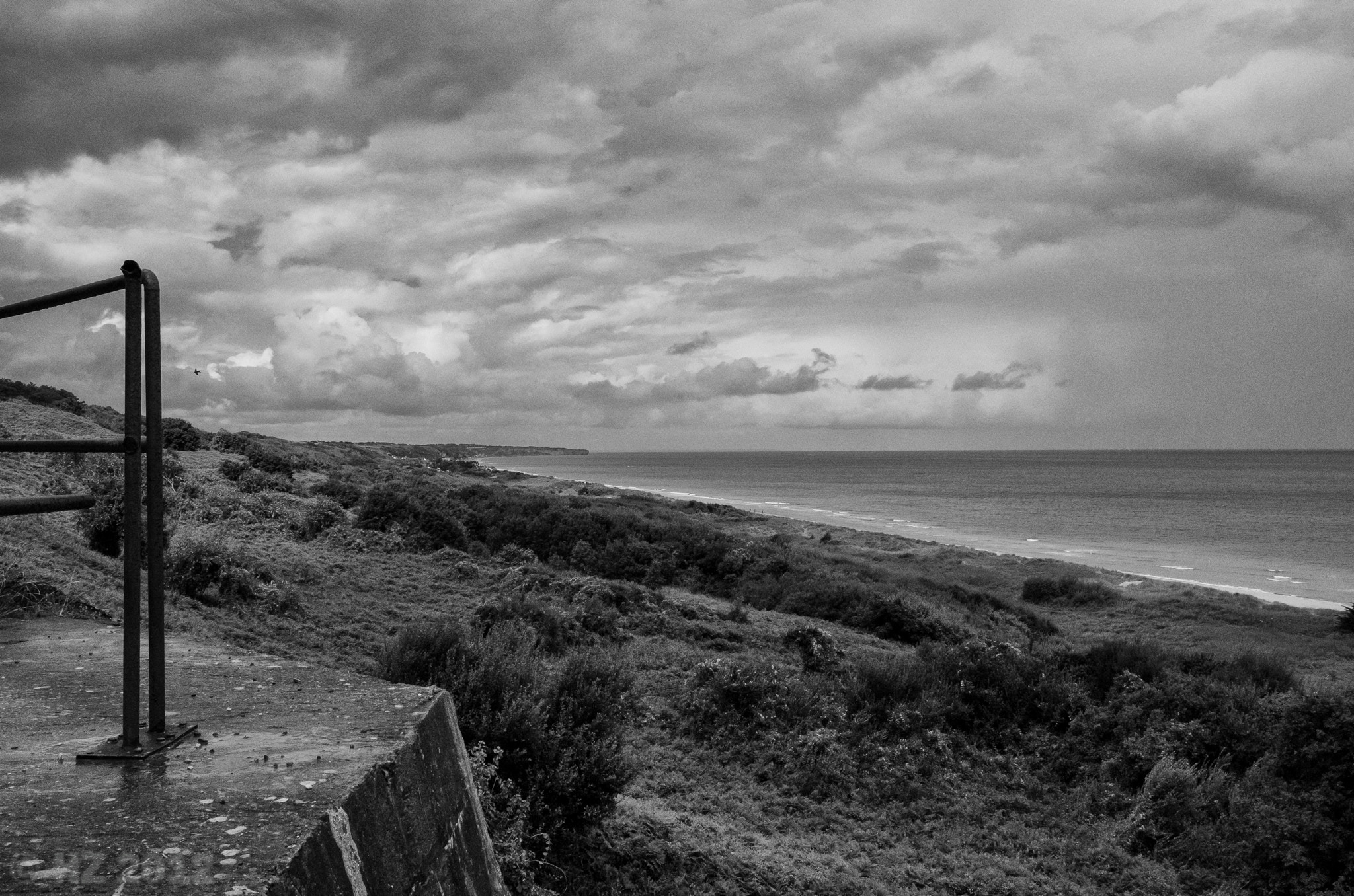D-Day: the importance of improvisation

Widerstandsnest 62 (Harold Zijp)
“Everybody has a plan until they get punched in the mouth”. Mike Tyson, theman who made this statement, knew what he was talking about. He knocked out 44 of his 56 opponents. Most within three rounds.
On that stormy early morning of June 6,1944 the men of the 29th and 1st Infantry Divisions in their landing boats on their way to Omaha Beach also had a battle-plan. As a matter of fact years of meticulous planning went into their attack on the European mainland.
Then they got punched in the face, and they got punched hard. What happened? Preliminary bombardments by planes and rockets fired from ships proved to be almost totally ineffective. The first waves of tanks, infantry and Combat Engineers were met by a prepared enemy, well dug-in and though relatively few in numbers with a range of weapons capable of doing maximum damage. Within minutes the first waves landing on Easy Red and Dog Green sectors were all but wiped out and survivors could do little more then cling tot their bare life on a hostile beach under intense fire of mortars, machine guns and artillery.
The battle-plan aimed at quickly taking the “draws” in the bluffs overlooking Omaha Beach, because they were the only places where armour and vehicles could move inland from the beach. However: these draws or “exits” as they were code named were the exact spots where the Germans had concentrated their limited defences. On Omaha Beach these were obstacle belts, mine fields and “Widerstandsneste” manned by infantry and backed by artillery pieces further inland.
Partly because of the strong current and partly a s a result of the ever present “fog of war” some of the troops missed their designated zones. They disembarked in zones not directly opposite the draws and met with significantly less resistance. Even though they were also under fire and had to deal with barbed wire and minefields on several spots along the 5 mile beach small units managed to cross the beach and started to slowly ascend the bluffs.
Junior officers like 1st lt. Jimmie Monteith (photo on the left)took their men tot he top of the bluffs and started to take out German positions they could approach from the rear. They did this entirely on their own initiative and the direct result was that they managed to relieve some of the pressure on the men pinned in the killing zones.
Meanwhile the few senior officers on the beach, like regimental commander Col. George A. Taylor, understood the importance of moving inland at all costs and any way possible: “There are two kinds of people who are staying on this beach: those who are dead and those who are going to die. Now let’s get the hell out of here” he shouted over and over again at dazed and shell-shocked troops. Actions like this helped to re-inforce the few breaches that were made at the lightly defended. The result was that a landing that was destined to end in catastrophe by mid-morning was slowly turning into a successful breach of the German positions by noon.
Events on that faithful morning proved that although the planning for D-day was a masterpiece (in many respects and looking at the grand perspective it was a huge success) the meticulous planning did not survive the first minutes of contact with the enemy and it was only by battlefield initiative, improvisation and the incredible sacrifice of men like Jimmie Monteith* the day was won.
*First Lieutenant Jimmie W. Monteith (16th Infantry, 1st Infantry Division) was killed in action on D-Day and posthumously received the Congressional Medal of Honor. He is buried at the Colleville-sur-Mer American cemetery. His grave can be found in section I, row 20, grave 12.




